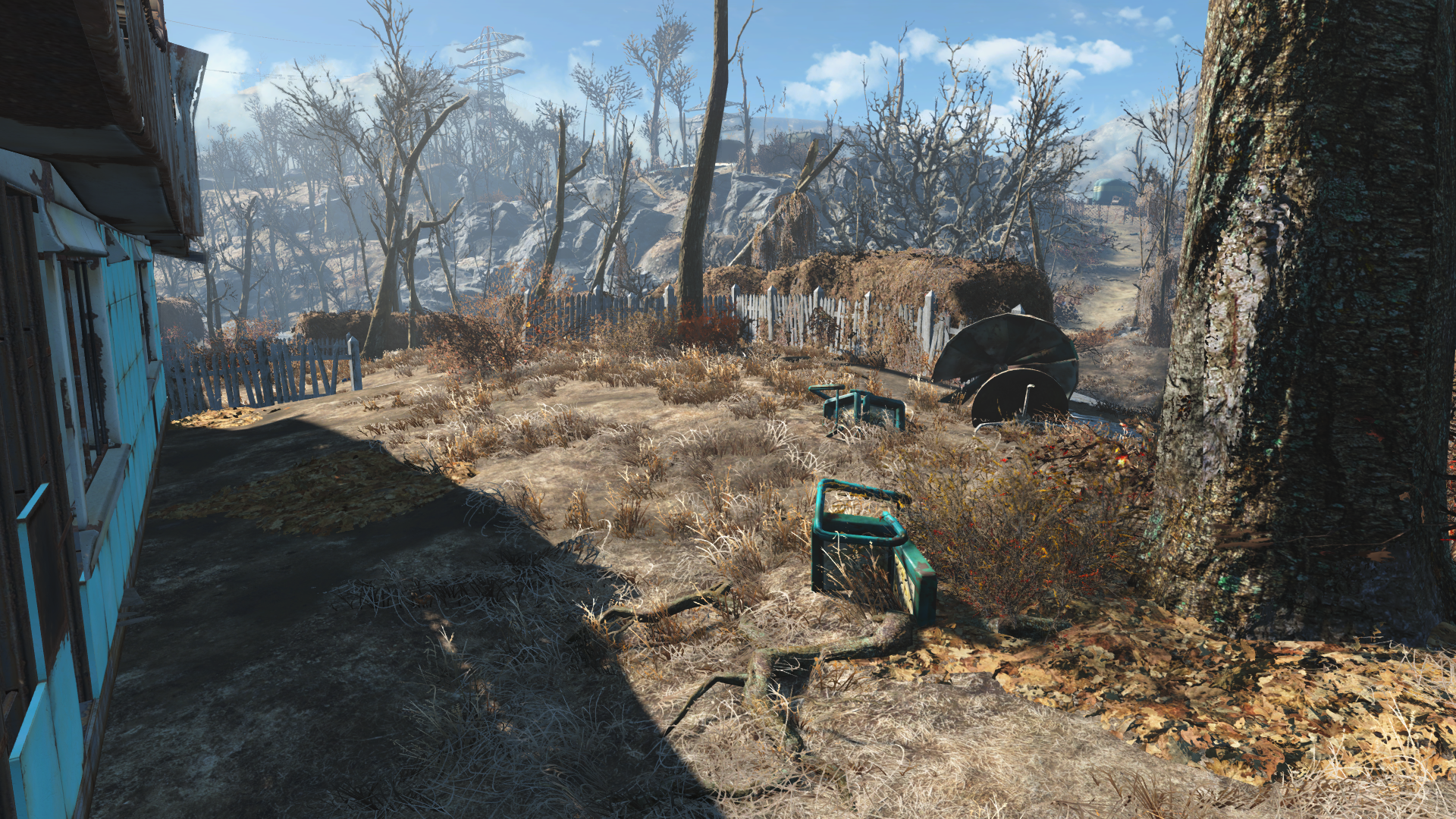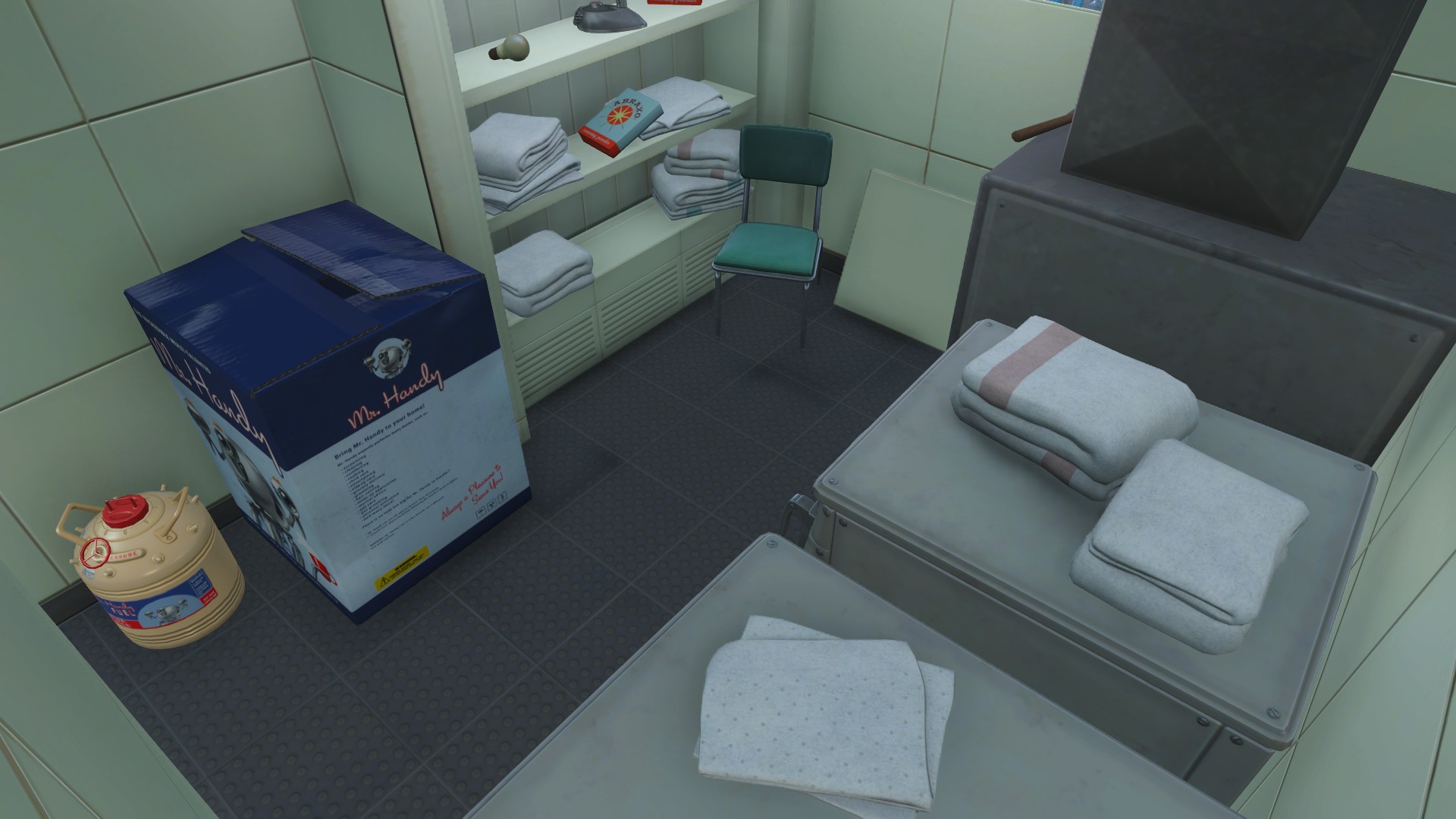

After that, I had a really hard time believing that the once mighty USSR would be in a position to threaten the world any time soon. When I asked him what the noise was, he replied, "Oh, it was just the Russian mob firing their guns in the street." I thought he was joking - he wasn't. Once, in the middle of a phone conversation, I heard some muffled bangs, and the phone went quiet. I made the choice when I remembered experiences with Oleg, a Moscow developer I worked with months before when I was assistant-producing a typing game. After shipping several people asked me why China and not the old standby, the Soviet Union. “ The nuclear Armageddon in the back-story was between the US and China. Scott Campbell specifically introduced the Forced Evolutionary Virus to provide a more plausible explanation for the more stunning mutations found in the setting, without handwaving it as the "power of radiation," which would harm versimilitude. However, the setting isn't meant to accommodate every bit of junk science that comes to mind.

ANOTHER TOMORROW FALLOUT MOVIE
The aforementioned 1956 movie Forbidden Planet was shown to artists as a summary of what the technology of Fallout should look: An honest 1950s vision of the future, with clunky robots, ray guns, and the general "feel." Some elements came from much later movies, as is the case with the T-51 power armor, inspired by the armor worn by thugs from The City of Lost Children (1995).
ANOTHER TOMORROW FALLOUT SERIES
As such, Fallout included vacuum tube electronics, rather than the integrated circuits popularized in subsequent decades (although the transistor and use of integrated circuits would remain as a somewhat controversial part of the series design and aesthetic), ray gun energy weapons, giant mutants, the whole nine yards. ” - Tim CainĪs can be seen in the above quote, the technology of the setting were dictated by the technology and fiction of the Golden Age of Science Fiction, namely the 1950s. Vacuum tubes, ray guns, mutants, the whole works. So they set out to make a future science that looked like what the Golden Era of science fiction thought that future science would look like (if you can follow that sentence). “ Seriously, the artists just thought that 50's tech looked cool. It reminded him of Mystery Science Theater and their approach to jokes: Not everyone would get it, but those who did would appreciate it. In one of the previews, Tim Cain even pointed out that while the general framework of retrofuturistic art was there, the "rule of cool" was in effect: Any time one of the design team came across a picture of a weapon or piece of armor from anywhere they liked (including Soldier of Fortune or Ladies' Home Journal) and they felt it was good enough to include, it was added. of the 1940s and 1950s also inspired some of the artists, including vehicle design, signage, architecture, and art. Frank Miller's and Geoff Darrow's work on Hard Boiled and Big Guy and Rusty, the Boy Robot Urban and suburban U.S. These include movies Forbidden Planet (1956), La Jetée (1962), Star Wars (1977), Mad Max 2: The Road Warrior (1981), Blade Runner (1982), Brazil (1985), Batman (1989), Ghost in the Shell (1995), and The City of Lost Children (1995), which played on an almost continuous loop in the artists' office. However, the game's aesthetics have been inspired by a great variety of sources spanning most of the 20th century. The idea was pitched by Leonard Boyarsky and eventually accepted by the team. Aesthetically, it is a future inspired by what the people of the 1950s thought it would be: Road cruisers with an Art Deco aesthetic and fins, dominant Art Deco, Googie, and Raygun Gothic architecture ( Brutalist, Usonian, steel constructions, Lustron, Neoclassical, American colonial, Federal, and Victorian as well), reel-to-reel computers, big, bulky power armor (inspired by Wasteland and Starship Troopers), large and clunky robots, and so on and so forth.


 0 kommentar(er)
0 kommentar(er)
